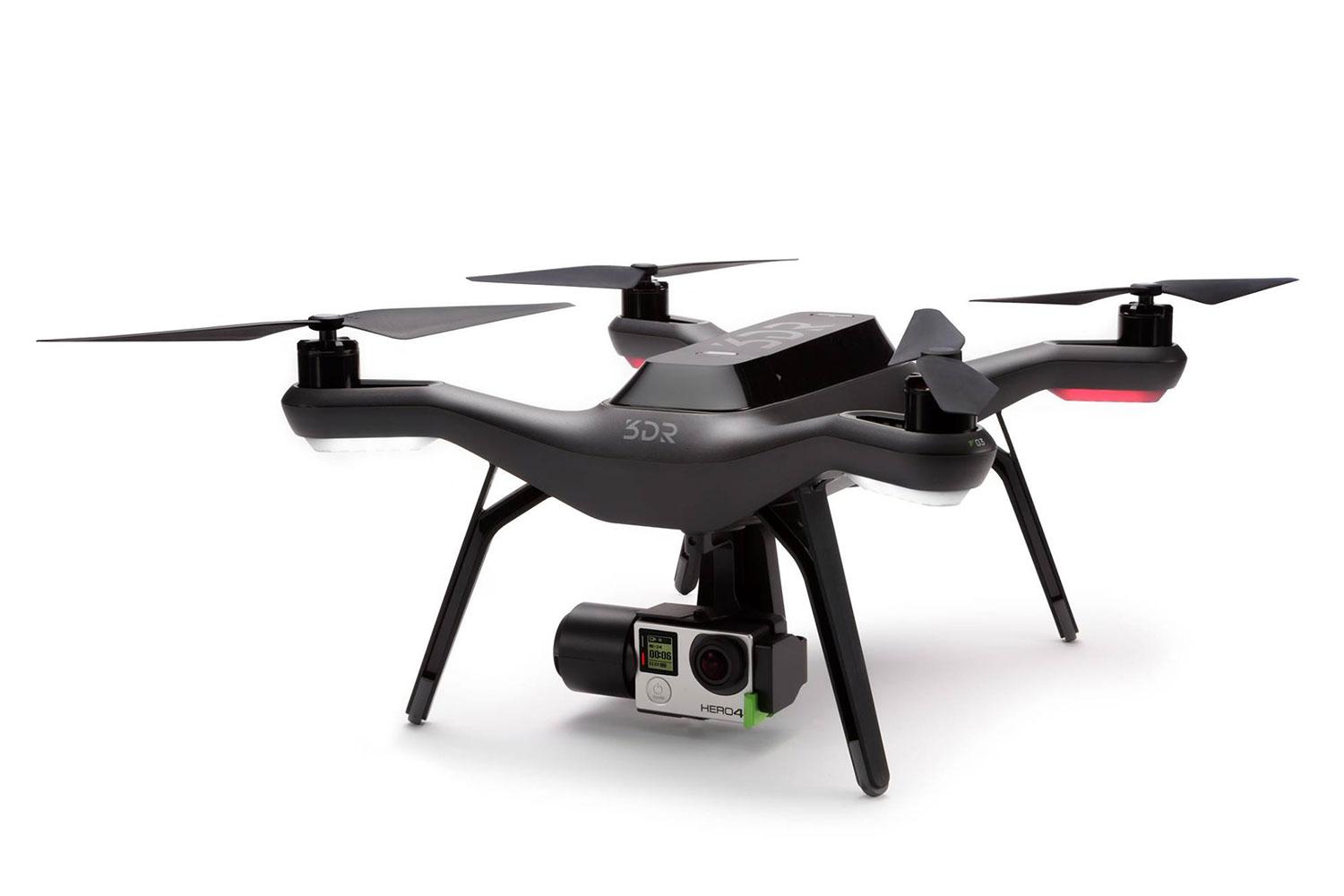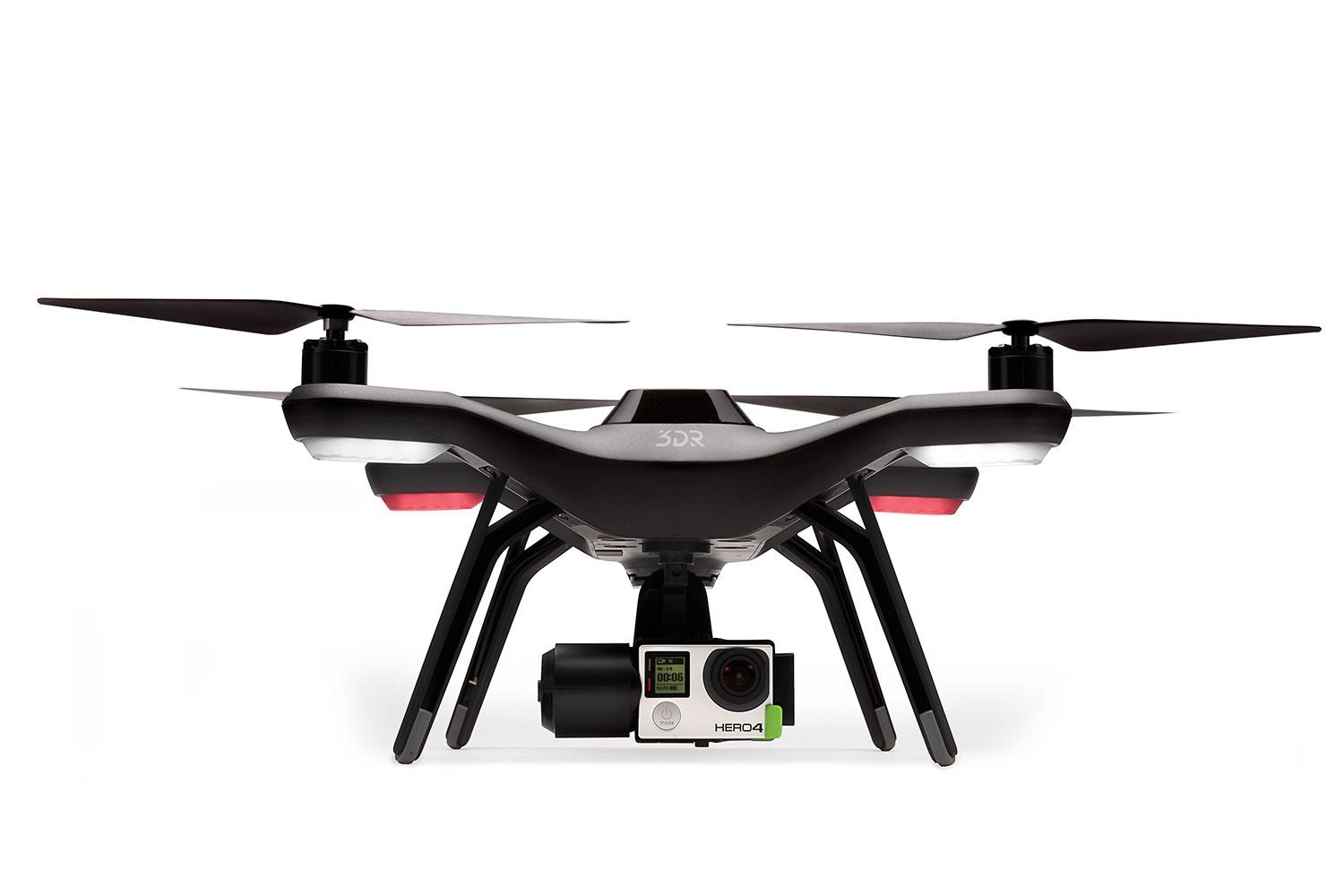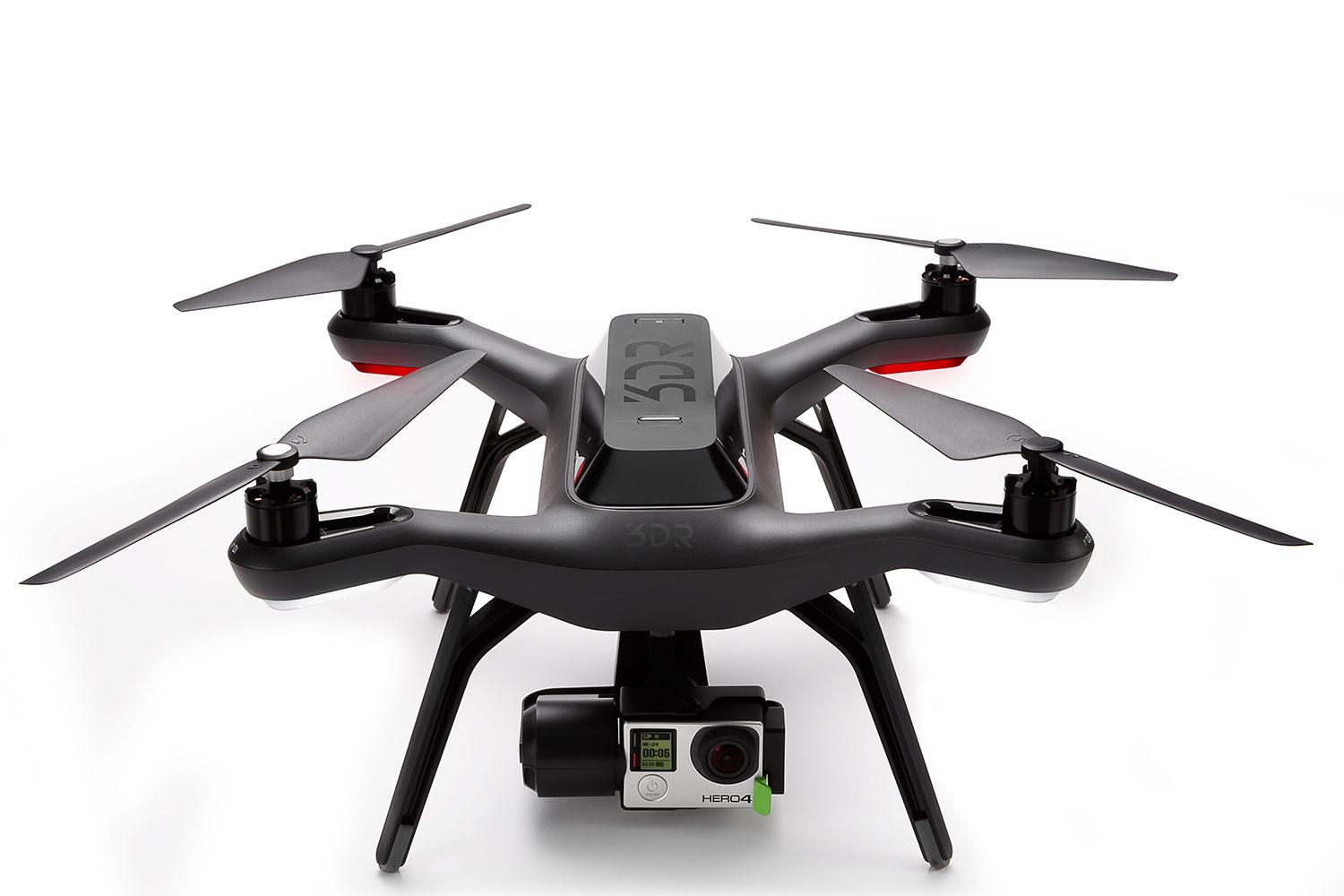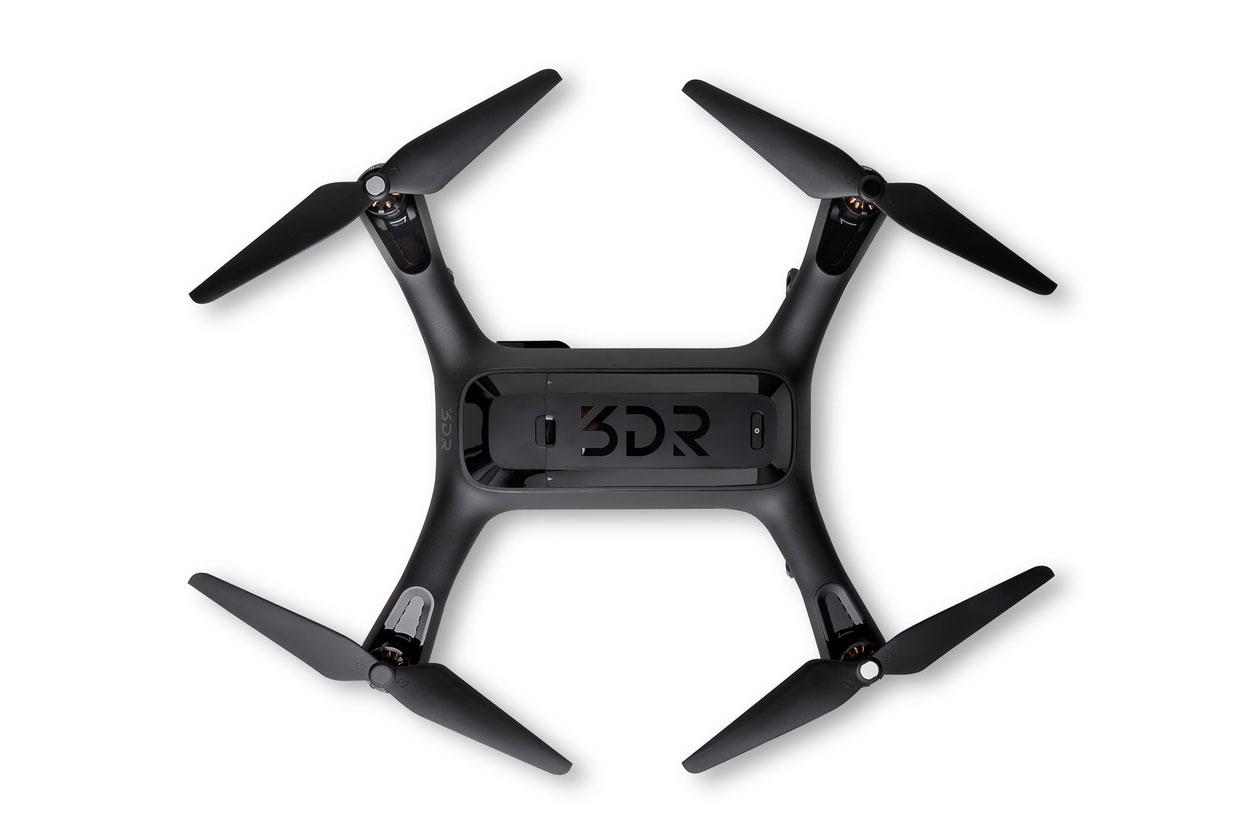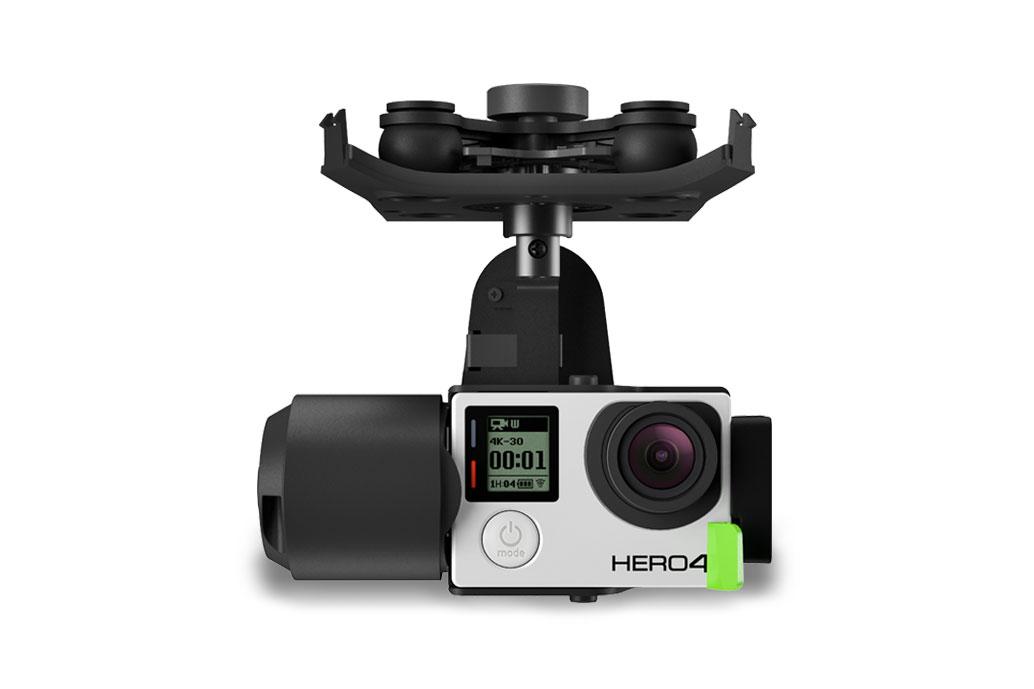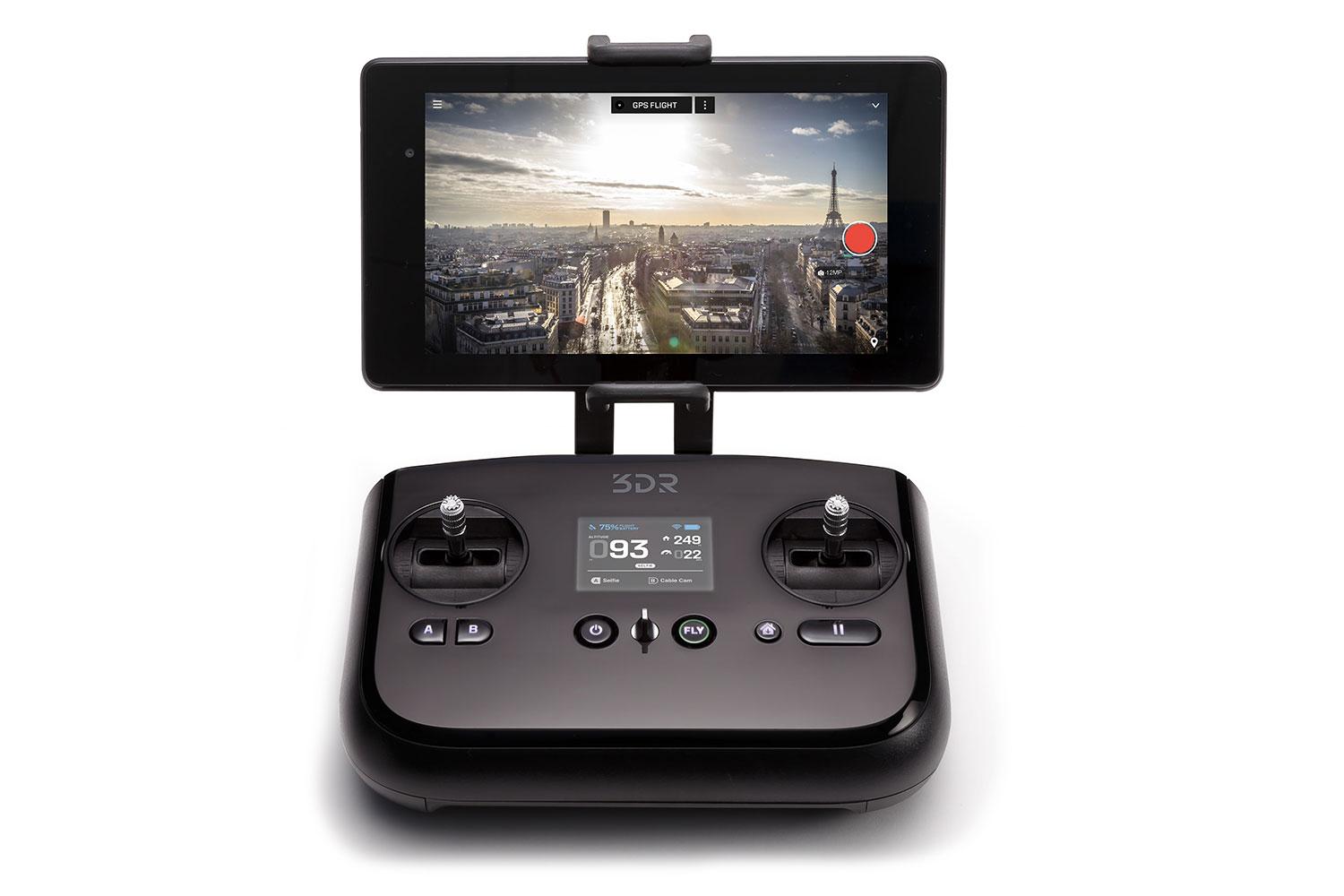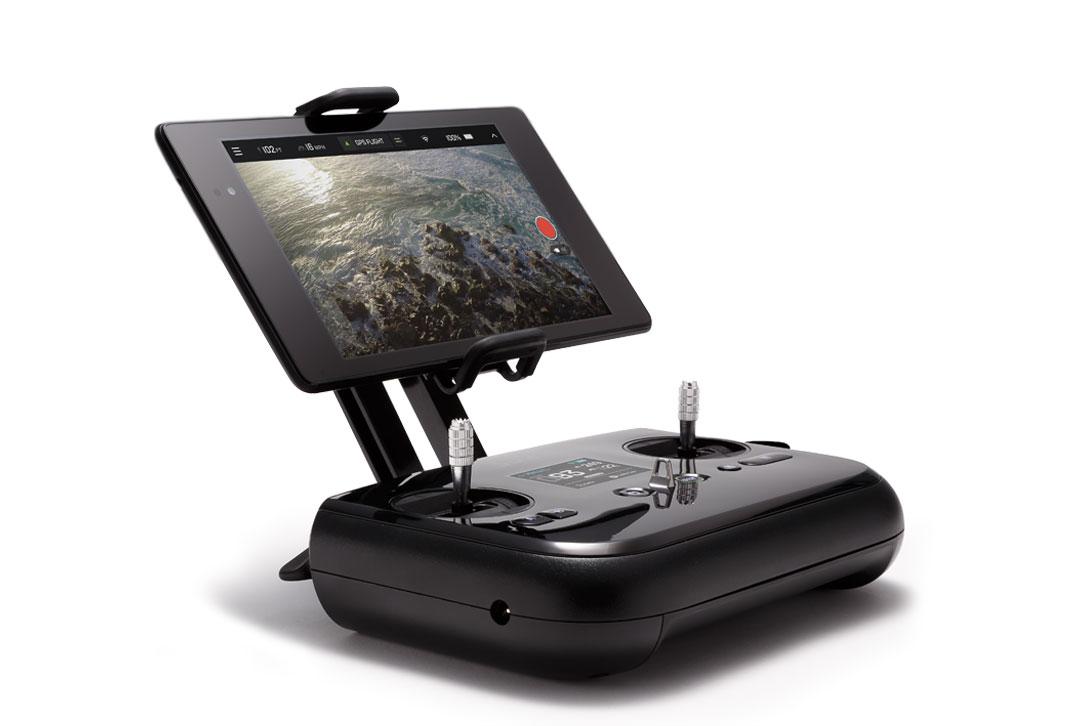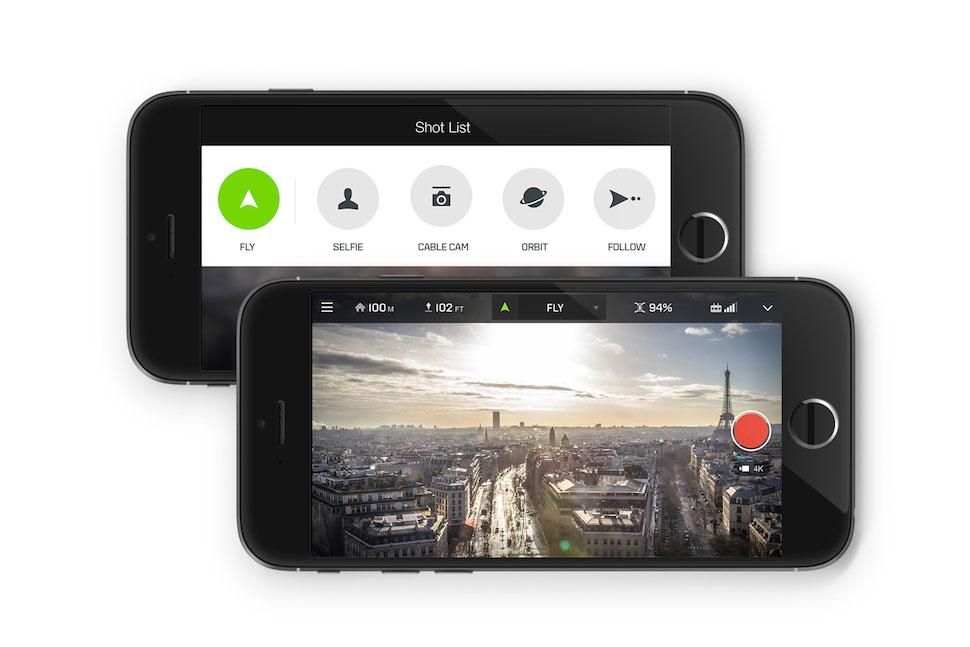Drones have made aerial photography and videography more accessible than ever before, but getting pro-level shots is still fairly tricky. Unless you’ve had years of practice, it’s pretty difficult to fly a drone and control a camera at the same time.
But not to worry — Berkeley, California-based 3D Robotics has just pulled the curtain back on a new drone that helps solve this problem. Designed specifically for shooting aerial video, the company’s new Solo drone can autonomously fly itself along a predetermined flightpath, allowing you to focus on panning, tilting and zooming the camera to grab the perfect shot.
3DR’s accompanying control app gives Solo a range of different flight options you won’t find in other consumer drones. Cable Cam mode, for example, allows you to choose two different points for the drone to fly between, like it’s zipping down an invisible cable. Along the way, you have full manual control over where the camera is pointing. There’s also Orbit Mode, which tells the drone to fly in a wide circle around the point of your choosing.
Here’s the kicker: Despite being equipped with all these nifty video-focused features, Solo doesn’t come with a dedicated onboard camera. You’ll have to bring your own GoPro to the party, which is a bummer if you don’t already own one, since the latest models run between $130 and $500.
Fortunately, 3DR collaborated with GoPro to create its control app, so the Solo has direct access to the camera’s settings. Instead of taking off and recording a few minutes at one setting, the app allows you to stop and start recording when you want, switch from video to photo, change the video mode, or basically anything else you’d be able to do on the ground.
And it gets even better than that. The Solo’s remote control has an HDMI output, so you can stream live footage to a monitor, or hook it up to VR goggles for first-person view. With 180 millisecond video latency, you’ll be able to see what the camera sees in in near real time.
3DR also designed the drone to be completely customizable. Possible add-ons include indoor-flying prop guards, infrared sensors, and even a ballistic parachute for when things go horribly wrong. Similarly, you’re not tied to 3DR’s stock camera gimbal (it’s swappable too), the battery bay is designed to accommodate bigger cells if you need them, and the motor pods are replaceable with just four screws.
Solo is set to hit stores (both physical and online) starting in May, and will go for $999 for just the drone, and $1,399 with the camera gimbal.
